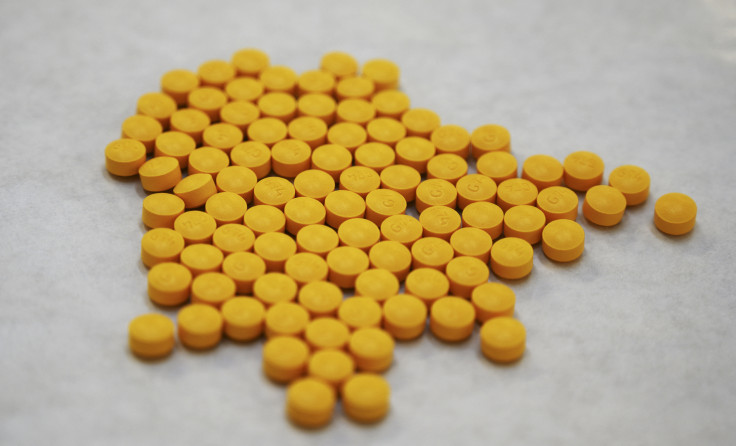
A fentanyl cook recently gave an interview in which he detailed how long he was trained for, the process to make the lethal drug and measures taken when cartels believe authorities are getting close to finding them.
In an interview with Mexican journalist Oscar Balderas, the cook, who was masked and kept his identity hidden, said he began drug dealing when he was 12. He was arrested for the first time two years later and, after getting out, was taken to Mexico City at age 17 to become a cook.
The cook did not specify which cartel he works for, but said most kitchens are located just outside Mexico City, and if operatives believe authorities are getting close, they pack up and move to cabins in rural areas.
He went on to say he was trained for about two weeks by more experienced cooks, who detailed that any mistake can be lethal both for the cook and the consumer. People also need to wear hazmat suits and special masks, as fumes can pierce lungs if breathed in without proper protection. Ventilation is also key, the cook added.
The cook added that cartels are protected by authorities ranging from low-level police officers to high-ranking officials. Each area gets a specific amount of money, with bribes being distributed among corrupt officials.
The account comes months after the New York Times published an investigation that provided a rare glimpse inside a clandestine fentanyl laboratory operated by the Sinaloa cartel and highlighted the many challenges of combating it.
The lab, concealed in a residential area in the heart of Culiacán, Sinaloa's capital, was visited by New York Times reporters and a photographer after months of negotiation and aborted attempts due to ongoing violence in the region.
Inside, and unlike the mentioned cook, those working in Sinaloa did so under hazardous conditions, preparing the synthetic opioid in makeshift facilities, despite the toxic fumes that can be lethal with just one sniff. Lab workers wore minimal protective gear, citing a built-up tolerance to the chemicals.
During the visit, the cook in charge demonstrated the production process, mixing chemicals to create the drug, which is later pressed into pills for the U.S. market. The lab's small kitchen was filled with supplies, including acetone, sodium hydroxide, and dye for coloring the pills.
"On a round side table near the doorway, illuminated by a fluorescent lamp, was a pile of white powder that the men told us was finished fentanyl," says the report. "It looked to be more than a pound — most likely enough for more than 200,000 doses. The cook, a 26-year-old with years of experience in drug production, attributed the crisis to demand in the United States, claiming he has made millions of dollars running several drug labs.
Shortly after the release of the New York Times report, Mexican President Claudia Sheinbaum lashed out at the veracity of the reporting, saying that fentanyl is not produced in the way the Times' photographs demonstrate, and suggesting that the cooks were actually making methamphetamine. In pointing out alleged falsehoods Sheinbaum said that the government was "defending the right to information, to veracity" and committed her administration to "denouncing" inaccurate reporting in the future.
The Times, however, has since doubled down in solidarity with the piece, saying they "continue to stand behind every aspect of our reporting on fentanyl production and testing," adding that that the role of independent journalism is "to document the world as it is, bringing the truth to light for audiences everywhere."
© 2025 Latin Times. All rights reserved. Do not reproduce without permission.





